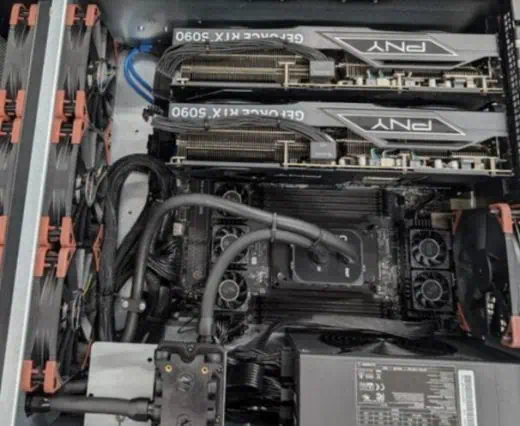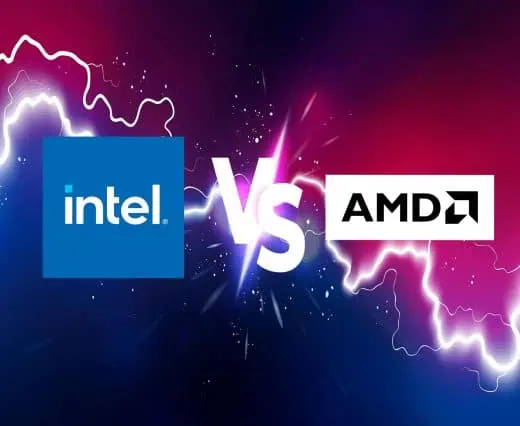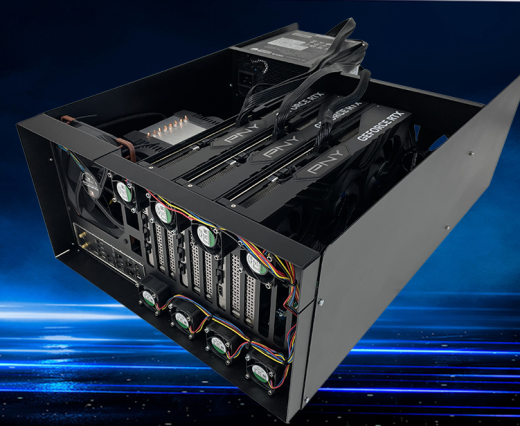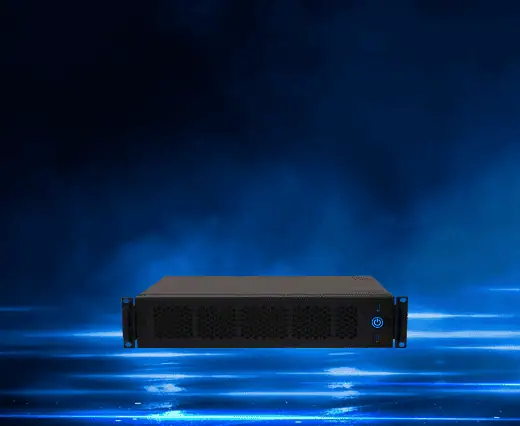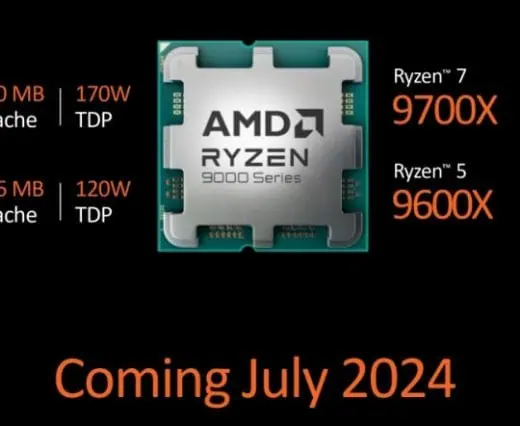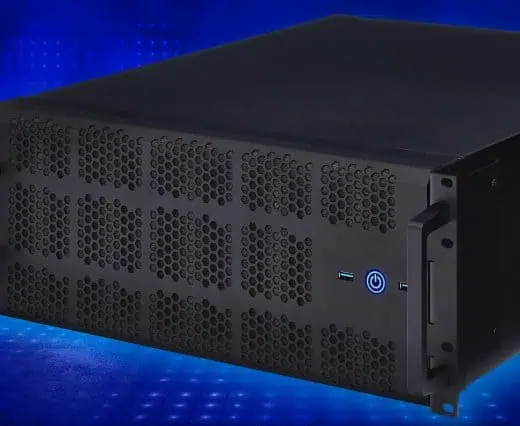With the release of the Threadripper PRO 9000 WX-Series, built on AMD’s Zen 5 architecture, Alex turned to G2 Digital. Known for custom-engineered workstation solutions we configured a rig that would speed up his workflow...
We started asking new questions: Where are these components made? What’s their carbon footprint? Are they recyclable?
Compact, cost-effective, and now, powered by AMD Ryzen 7000 and 9000 series processors.
TAA. NDAA. Acronyms once limited to procurement checklists are now frequent conversations especially in government, defence, and security-conscious AV projects.
Rack Mounted Vs Tower: Advantages of Rack Mounted PCS.
When choosing a high-performance PC for your application the decision often comes down to two primary form factors: the rack-mounted PC or the tower PC?
Which processor reigns supreme when space is tight and performance is non-negotiable?
Fulfilling a need for bigger, more powerful computers to cope with heavy duty AI and rendering tasks.
Responding to customer demand for a short depth 2U, we are proud to unveil our latest innovation: the 2U Nano.
Anticipation is at an all-time high as we await the launch of Intel's 15th Gen Arrow Lake processors. With whispers of new motherboards and CPU coolers joining the fray later this year, it's an exciting time for anyone looking to upgrade their systems.
The upcoming launch of the AMD Ryzen 9000 Granite Ridge series in July and Intel’s 15th Generation CPU line coming sometime between October and December.
In today's highly competitive tech landscape, power efficiency and performance are paramount, especially for data centre managers, users of high-performance workstations and anyone with concerns about power consumption.
Threadripper processors undoubtedly offer a step up in data processing power. However, with great power comes... greater heat generation.





